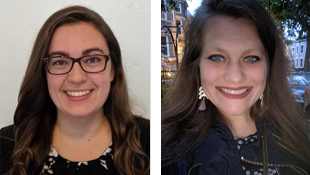Individuals with minoritized racial and ethnic identities face inequities in access to mental health care, particularly in the perinatal period, as psychiatric disorders are a major contributor to maternal mortality. Moreover, an observed increase in perinatal psychiatric disorders during the COVID-19 pandemic further exacerbated inequities in access to mental health care for patients of color.
In this study, the authors aimed to explore the potential relationship between patients’ racial/ethnic identity and experiences when receiving psychiatric consultation services in an obstetrics hospital.
They analyzed data from 351 patients assigned female at birth with race/ethnicity extracted from medical records (White=228, African American=107, Other (American Indian, Guam/Chomorro, Other Asian, African American and White, Not Specified, Declined (to answer)=16).
They found that the average time to consultation was 1.76 days for White, 2.12 for African American, and 5.64 for ‘Other’.
They categorized reasons for consults based on disease process: internalizing (depression, anxiety, trauma-related disorders, suicidal ideation); externalizing (substance use disorders, suicide attempts), psychosis, delirium, capacity assessment, and medication management.
“No significant difference was found between individuals identifying as White or African American with internalizing diagnoses,” say the authors, “however, individuals who identified as White were significantly more likely to be given an externalizing diagnosis compared to those identifying as Black. Individuals who identified as White were also more likely to carry alcohol and substance use disorder diagnoses at discharge compared to those identifying as African American.”
The authors suggest potential reasons included individuals from minoritized populations hesitating to discuss substance use with providers due to fear related to historical injustices and systemic racism in health care, which are particularly pertinent in the perinatal period. Another possibility is providers’ own biases in referral for substance use disorder care.
Dr. Peterson: “We were pleased to again have many strong submissions to the Diversity, Equity, and Inclusion topic this year. The Program Committee working with the DEI committee included a DEI question for all abstracts. The authors of this abstract evaluated correlations between patient race/ethnicity and time to consultation and diagnosis in a women’s hospital. Their findings challenge us to look critically at our consultation data, and identify and develop strategies to resolve inequities.”








